Xinjiang, a vast autonomous region in northwest China, is renowned for its diverse landscapes, rich cultural heritage and unique cuisine. Before setting off on your adventure, here are 20+ essential travel tips and FAQs to ensure a seamless and memorable experience in Xinjiang.
Five highly recommended destinations in Xinjiang include: (1) Urumqi - Discover the bustling capital city of Xinjiang, where you can visit the Xinjiang Regional Museum, admire the natural beauty of Heavenly Lake of Tianshan, and explore the local markets for traditional crafts and foods. (2) Turpan - Known for its ancient Jiaohe Ruins, unique grape cultivation methods, and Karez System, Turpan is a must-visit destination. (3) Kashgar - Immerse yourself in the vibrant culture of Kashgar by visiting the Grand Bazaar and Id Kah Mosque. Don't miss the opportunity to explore the historic Kashgar Old City. (4) Kanas Lake - Experience the mesmerizing beauty of Kanas Lake and nearby Hemu Village, known for its crystal-clear waters, lush forests, and stunning golden Autumn landscapes.
To ensure an extraordinary journey in Xinjiang, acquaint yourself with the popular attractions, transportation options between sites, local activities, distinctive cuisine, and the region's rich historical and cultural significance before departure. This preparation will enhance your experience and allow you to fully appreciate the diverse wonders of Xinjiang, offering a memorable exploration of this captivating region.
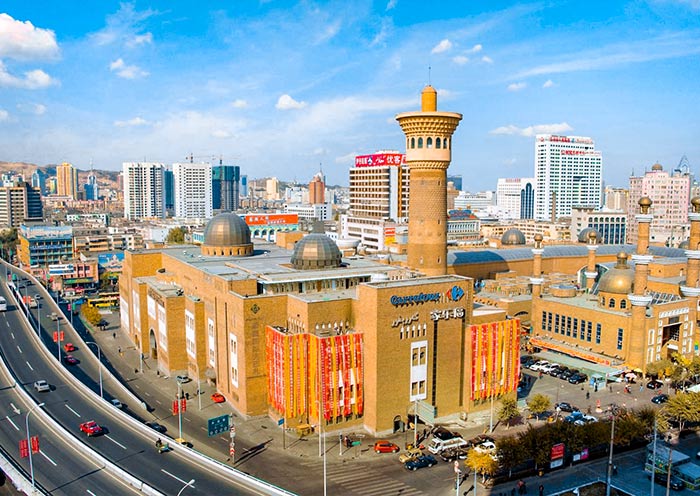
"Excellent Tour, best experience"
"A unique experience despite a difficult context thanks
to an experience team of organisers"
1. How to get to Xinjiang?+
Xinjiang is a vast region in western China, and getting there is most convenient by air.
By Air
Urumqi Diwopu International Airport (URC): The largest airport in Xinjiang, handling domestic and international flights.
Kashgar Airport (KHG): Convenient for southern Xinjiang destinations.
Kanas Airport (KJI): For travel to northern Xinjiang's Kanas Lake and Hemu Village.
Xinjiang shares borders with Kazakhstan, Kyrgyzstan, Pakistan, and Mongolia. Some travelers enter Xinjiang via these border crossings:
The Torugart Pass and Irkeshtam Pass are important channels between China and Kyrgyzstan. The Karasu Pass is a crucial gateway between China and Tajikistan. The Khunjerab Pass is the only land border crossing between China and Pakistan. If you plan to arrive via a land border, please contact your travel advisor for specific costs and arrangements.
2. How long should I plan for a Xinjiang tour?+
3. What are the must-visit destinations in Xinjiang?+
Urumqi: The capital of Xinjiang Uyghur Autonomous Region, Urumqi is a vibrant blend of cultures and a gateway to the region's many natural wonders. It is known for its bustling bazaars, such as the International Grand Bazaar, and the Xinjiang Regional Museum.
Heavenly Lake of Tianshan: Nestled in the Tianshan Mountains, this stunning alpine lake is known for its clear blue waters and scenic mountain backdrop. It's a perfect spot for day trips and nature walks.
Turpan: This ancient city is an archaeological treasure trove, famous for its historical sites such as the ancient cities of Jiaohe and Gaochang, and the Karez irrigation system, an engineering marvel that sustains life in this dry region.
Kashgar: An ancient Silk Road city, where you can explore the lively Kashgar Bazaar, the historic Id Kah Mosque, and the atmospheric Kashgar Old Town.
Tashkurgan: Located near the borders with Pakistan, Afghanistan, and Tajikistan, this ancient Silk Road stronghold known for the Tashkurgan Fort. Tashkurgan is located on the vast Pamir Plateau, often referred to as the "Roof of the World." The drive along the China-Pakistan Highway (Karakoram Highway) to Tashkurgan takes travelers through breathtaking mountain passes, valleys, and rivers, including the iconic Muztagh Ata Peak.
Kanas Lake and Hemu Village: Located in the northern part of Xinjiang. Kanas Lake known for its changing colors and Hemu Village for its picturesque wooden houses and pastoral lifestyle.
Yining and the Ili River Valley: Known for its lush meadows and wildflowers, particularly in Nalati Grasslands.Visit Sayram Lake, a high-altitude lake with crystal-clear water. Enjoy the region’s unique blend of Kazakh culture.
Taklamakan Desert: The second-largest sand desert in the world, it is surrounded by the Silk Road and offers adventurous visitors the chance to experience its vast, mysterious landscapes.
4. What is the best time of year to visit Xinjiang?+
5. I need any special permits to travel in Xinjiang?+
1. Can I combine my Urumqi tour with visits to other Xinjiang cities?+
Yes, Urumqi serves as an excellent gateway to explore other Xinjiang silk road destinations or North Xinjang.
| Tour Combination | Approximate Duration |
|---|---|
| Urumqi + Turpan | 5 Days |
| Urumqi + Turpan + Kashgar | 7-8 Days |
| Urumqi + Turpan+ Kashgar + Tashkurgan | 8-9 Days |
| Urumqi + Northern Xinjiang Region (Kanas Lake, Hemu Village, Altay, Yining) | 7-10 Days |
| Urumqi + Turpan + Kupa + Kashgar + Tashkurgan | 10 Days |
2. How many days should I spend in Urumqi?+
By Air
Urumqi Diwopu International Airport (IATA: URC) serves as the main airport for Urumqi, the capital of Xinjiang Uygur Autonomous Region in China. Urumqi Diwopu International Airport offers flights to many major cities across China like Beijing (about 4 hours), Xi’an (about 3.5 hours), Shanghai (about 5.5 hours), Guangzhou (about 5 hours), Shenzhen (about 5.5hours), Chengdu (about 3.5 hours), Chongqing (about 4 hours), Lanzhou (about 2.5 hours), Kunming (about 4.5 hours), Zhengzhou (about 5 hours), etc. It also serves as an important air hub for routes to Central Asia, with connections to cities such as Islamabad, Almaty, Astana (now Nur-Sultan), Dushanbe, Istanbul, and Tehran.
By Train
High-Speed Rail: Urumqi is connected by China’s extensive high-speed rail network, making it accessible from major cities. You can travel from cities like Turpan, Beijing, Xi’an, and Shanghai.
3. How many days should I spend in Urumqi?+
4. What are the must-see attractions in Urumqi?+
1. What is Turpan's weather like?+
Turpan has a desert climate with extreme temperatures throughout the year:
Summer: Incredibly hot, with temperatures often surpassing 40°C (104°F), making it one of the hottest places in China.
Winter: Cold and dry, with temperatures occasionally dropping below freezing.
Spring and Autumn: These are the most pleasant times to visit, with mild temperatures ideal for sightseeing and outdoor activities.
2. How to Get from Turpan to Dunhuang?+
The most convenient way is to take a 3.5-hour high-speed train from Turpan North Station to Liuyuan Station, which is about 2 hours away from Dunhuang City by car. Regular trains run between these cities, making this a popular option for tourists.
3. How to get to Turpan?+
4. What are the must-see attractions in Turpan?+
Jiaohe Ruins: One of the oldest and best-preserved earthen cities, offering a glimpse into ancient life along the Silk Road.
Gaochang Ancient City: A once-thriving trade hub and cultural center on the Silk Road, now a hauntingly beautiful ruin.
Bezeklik Thousand Buddha Caves: A collection of Buddhist caves adorned with ancient murals, showcasing the spread of Buddhism through Central Asia.
Karez Irrigation System: An ingenious underground water system that turned the desert into a fertile oasis, essential for local agriculture.
Flaming Mountains: Known for their vibrant red glow under the sun and their fame from the Chinese classic Journey to the West.
Turpan Grape Valley: A lush vineyard oasis where you can taste the region's famous grapes and raisins.
Emin Minaret: The tallest minaret in China, reflecting the cultural and architectural exchanges along the Silk Road.
Tuyugou Village: A charming Uyghur village nestled in a valley, featuring traditional mud-brick houses and a serene atmosphere.
Astana-Karakhoja Tombs: Known as the “Underground Museum,” these ancient tombs contain mummies and artifacts from the Tang dynasty.
Kumtag Desert: A stunning expanse of shifting sand dunes at the edge of the city, offering camel rides and desert adventures.
1. Do I need a special permit to visit Kashgar?+
2. What are the must-see attractions in Kashgar?+
Kashgar Old Town: Kashgar Old Town is a living museum, showcasing a cityscape that has been an important trading hub on the Silk Road for centuries. The area retains much of its historical architecture and urban layout, providing insights into the traditional life of the Uyghur community.
Id Kah Mosque: The largest mosque in China, built in the 15th century.A peaceful place of worship and a cultural hub, especially during Fridays and Eid festivals.
Sunday Livestock Market: Held weekly on Sundays, where locals trade sheep, cattle, camels, and donkeys. A lively event, offering insight into the traditional barter economy of the region.
Abakh Khoja Tomb: A magnificent 17th-century mausoleum where the famous "Fragrant Concubine" and other family members of Abakh Khoja are buried. The complex showcases beautiful Islamic architecture and tiled decoration.
A Hundred-Year-Old Tea House: Enjoy traditional Uyghur tea and snacks in a centuries-old tea house.A great spot to relax and soak in the local atmosphere. China-Pakistan Highway/Karakoram Highway:The highway is renowned for its breathtaking scenery, passing through deep gorges, vast valleys, and high mountain passes, including the famous Khunjerab Pass, which at 4,693 meters (15,397 feet) is the highest paved international border crossing in the world.
Baisha Mountain-Baisha Lake Scenic Area: Baisha Lake, also known as Bulunkou Lake, is a striking plateau lake nestled in the Pamir Plateau. From its shore, you're treated to a stunning vista: half pristine blue water, half white sand mountain, both harmonizing with distant snow-capped peaks to create a magnificent spectacle.
Karakul Lake: Located at a high altitude near the Pamir Mountains, this lake is famed for its stunning, reflective waters and dramatic mountainous backdrop (including Muztagh Ata and Kongur Tagh), making it a perfect spot for photography and outdoor activities.
Muztagh Ata Glacier Park: Muztagh Ata Glacier Park is celebrated for its stunning natural beauty and the towering Muztagh Ata peak, which rises to 7,546 meters (24,757 feet). This mountain is favored by mountaineers for its relatively "easy" ascent routes.
Stone City (Tashkurgan Fort): This ancient ruin, also known as the Stone Fortress, dates back to the Han Dynasty and was a strategic military fort and later a thriving city along the Silk Road.
Alaer Golden Grasslands: Visit these expansive grasslands for a chance to see the natural beauty of the region and observe traditional pastoral life.
3. Can I combine a trip to Kashgar with other Silk Road destinations?+
4. Is it safe to travel to Kashgar?+
5. How can I get to Kashgar?+
By Air: Kashgar International Airport (IATA: KHG, ICAO: ZWSH) is one of China's westernmost airports. Domestic flights connect Kashgar to major Chinese cities, including: Urumqi (about 2 hours), Lanzhou (about 4 hours), Beijing (about 6 hours), Shanghai (about 7 hours), Xi'an (about 5 hours), Chengdu (about 5 hours), and Guangzhou (about 7 hours). Some international flights from nearby Central Asian countries may also fly into Kashgar.
From Borders: The Torugart Pass and Irkeshtam Pass are important channels between China and Kyrgyzstan. The Karasu Port is a crucial gateway between China and Tajikistan. The Khunjerab Pass is the only land border crossing between China and Pakistan. If you plan to arrive via a land border, please contact your travel advisor for specific costs and arrangements.
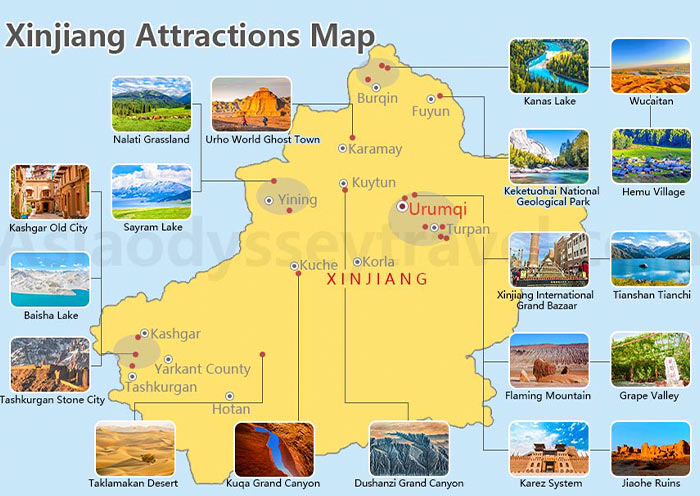
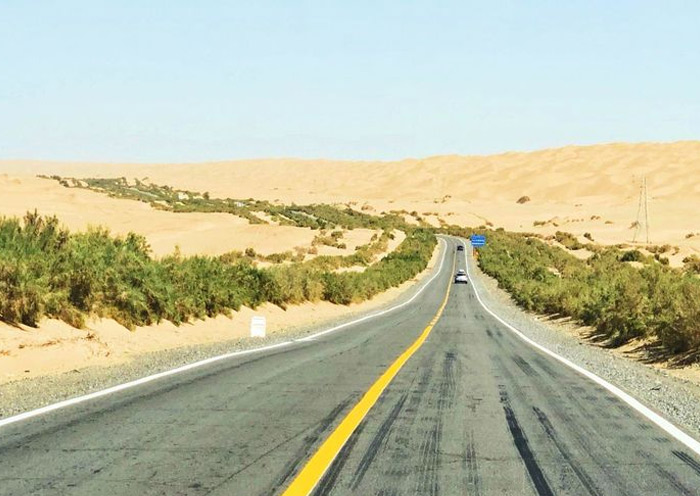

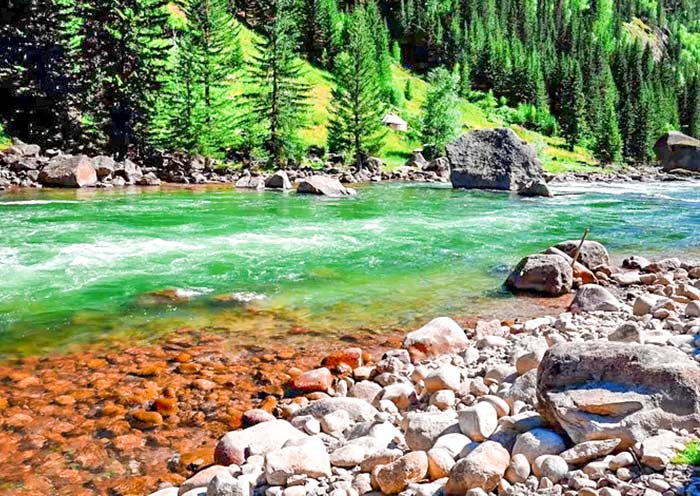


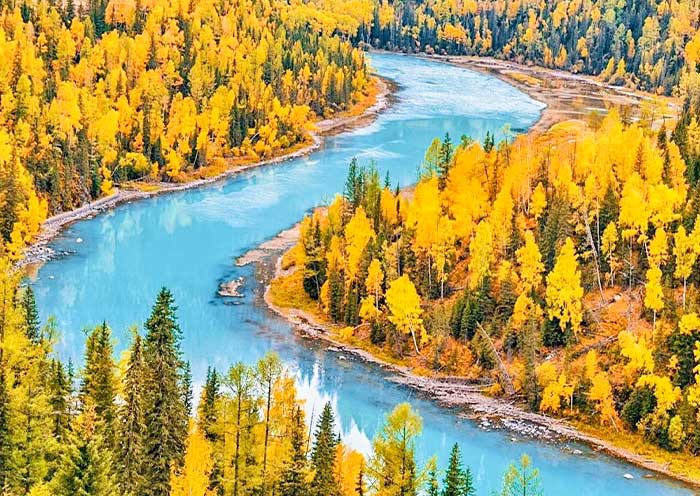

Create a tour based truly on your preferences, including all aspects of your travel in the destination